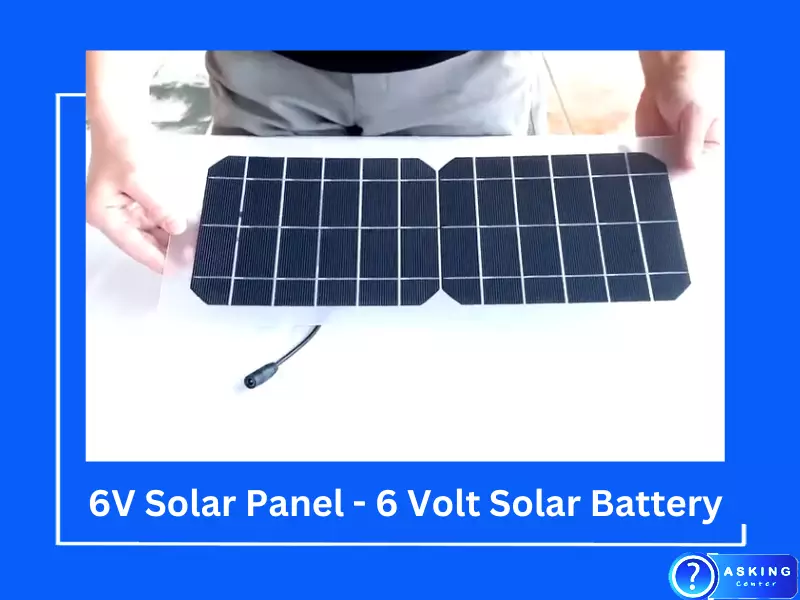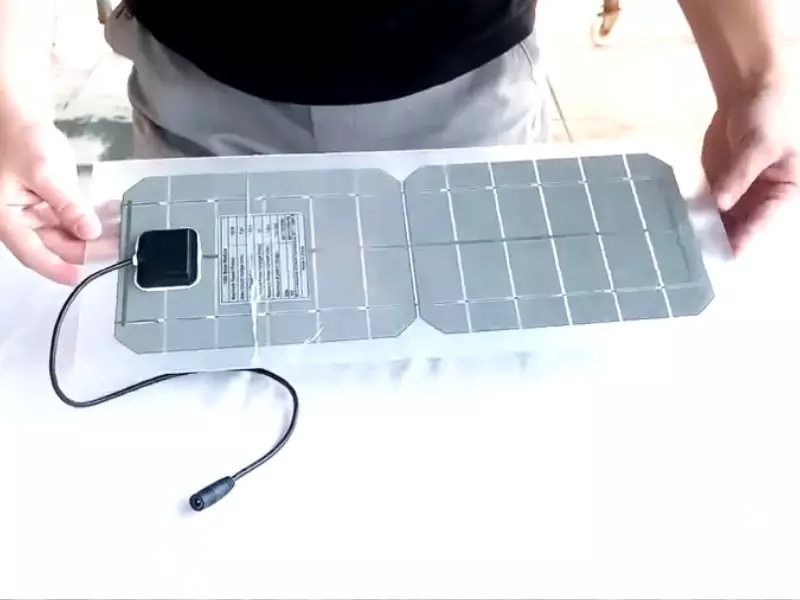Solar energy, a reliable and renewable source of power, is harnessed through devices like solar panels and batteries. As more homeowners and businesses turn towards green solutions, understanding these devices becomes pivotal. This piece will particularly delve into the intricacies of 6V solar panels and batteries, shedding light on their functionalities, charging processes, and how they compare with 12V systems.
A 6V solar panel absorbs sunlight, converting it into usable electricity. The energy generated is then stored in a 6V solar battery, powering devices as needed. While these systems offer a sustainable solution to meet energy demands, understanding the charging process, their compatibility with different chargers, and their use with controllers or regulators is key to ensuring maximum efficiency.
Why stick with traditional power sources when there’s a cost-effective, green alternative at your disposal? Embark on this enlightening journey as we unravel the complexities of solar panels and batteries. By the end, you will have garnered valuable insights into the world of solar energy, enhancing your ability to make informed decisions about this revolutionary technology.
The Basics of 6V Solar Panel and Battery
What is a 6V Solar Panel?
A 6V solar panel is a photovoltaic device designed to convert sunlight into 6 volts of electrical energy. It comprises multiple solar cells, which work together to generate electricity when exposed to sunlight. The power output of a 6V solar panel can range, depending on its size and the amount of sunlight it receives.

What is a 6V Solar Battery?
A 6V solar battery serves as a storage device for the electrical energy generated by the solar panel. This battery stores the electricity produced during the day, for use during the night or on cloudy days when the panel isn’t actively generating power. Lead-acid, lithium-ion, and NiMH are common types of batteries used in solar systems.
Charging a 6V Battery
Process of Charging a 6V Battery
Charging a 6V battery involves the conversion of solar energy into electrical energy via a solar panel, which is then stored in the battery. During daylight hours, the solar panel generates electricity that flows into the battery until it is fully charged.
6V Solar Battery Charger
A 6V solar battery charger regulates the flow of electricity from the solar panel to the battery. It ensures the battery isn’t overcharged, which could potentially damage the battery. Solar battery chargers come in varying capacities and are chosen based on the requirements of the solar power system.
How Long to Charge a 6-Volt Battery?
The time required to charge a 6-volt battery depends on several factors, including the battery’s capacity, the power output of the solar panel, and the amount of sunlight available. Typically, a 6-volt battery can take anywhere from 6 to 8 hours to charge fully in optimal sunlight conditions.
Considerations on Charging a 6V Battery with a 12V Charger
Can You Charge a 6V Battery with a 12V Charger?
Technically, it’s possible to charge a 6V battery with a 12V charger. However, it’s not recommended due to the risk of overcharging and potentially damaging the battery. The voltage of the charger should ideally match the voltage of the battery to ensure a safe and efficient charging process.
Risks and Considerations
Overcharging a battery can cause it to heat up excessively, possibly leading to an explosion. It can also reduce the battery’s lifespan, adversely affecting its performance over time. Therefore, it’s always advisable to use a charger that matches the battery’s voltage.

6V Solar Panel with Battery
Understanding the Connection
The connection between a 6V solar panel and a 6V battery is integral to the operation of a solar power system. The solar panel generates electricity that is channeled into the battery for storage. This stored energy can then be used to power various appliances and systems.
Advantages and Limitations
The main advantage of a 6V solar panel and battery setup is its affordability and ease of installation. Such systems are typically compact and suitable for small-scale applications. However, they may not provide enough power for larger electrical loads, which is a limitation to consider.
Charging 6 Volt Batteries in Series
The Process
Charging 6V batteries in series involves connecting the positive terminal of one battery to the negative terminal of the next. This configuration allows for higher voltage output. However, this process requires a charger with a voltage equal to the total voltage of the batteries in the series.
Benefits and Considerations
Charging batteries in series allows for increased voltage and longer run time, making it ideal for high-powered applications. However, it’s important to ensure all batteries in the series are of the same type and capacity to prevent uneven charging or discharging.
Choosing Between 6 Volt and 12 Volt Batteries for Solar
Comparison Between 6 Volt and 12 Volt Batteries
While both 6V and 12V batteries have their place in solar energy systems, they cater to different needs. A 6V battery is generally lighter, cheaper, and more suited for smaller applications. In contrast, a 12V battery can store more power and is better for larger systems.
Factors to Consider when Making a Decision
Choosing between a 6V and 12V battery depends on the power requirements of your solar system, the available budget, and the amount of space available for installation. It’s crucial to carefully evaluate these factors before making a decision.

Solar Charge Controllers
What Does a Charge Controller Do?
A solar charge controller, also known as a solar regulator, manages the flow of electricity from the solar panel to the battery. It prevents overcharging, undercharging, and reverse current flow, ensuring the battery’s longevity and efficiency.
Is a Solar Regulator Essential?
A solar regulator is indeed essential. It protects the battery from damage and enhances the overall performance and lifespan of the solar power system.
Different Types of Solar Regulators
Solar regulators come in two primary types: Pulse Width Modulation (PWM) and Maximum Power Point Tracking (MPPT). PWM controllers are simpler and more affordable, while MPPT controllers are more efficient and suitable for larger systems.
Choosing the Right Type of Regulator
The right type of regulator depends on the size of the solar system, the total power output, and the budget. While PWM controllers work well for smaller systems, MPPT controllers are better suited for larger installations due to their efficiency.
Conclusion
Harnessing solar energy effectively calls for a solid understanding of the devices involved and their operations. Whether it’s a 6V solar panel and battery or a more powerful 12V system, the key lies in knowing their specifications, usage, and compatibility. As we move towards a more sustainable future, becoming proficient in solar energy systems can prove invaluable.
